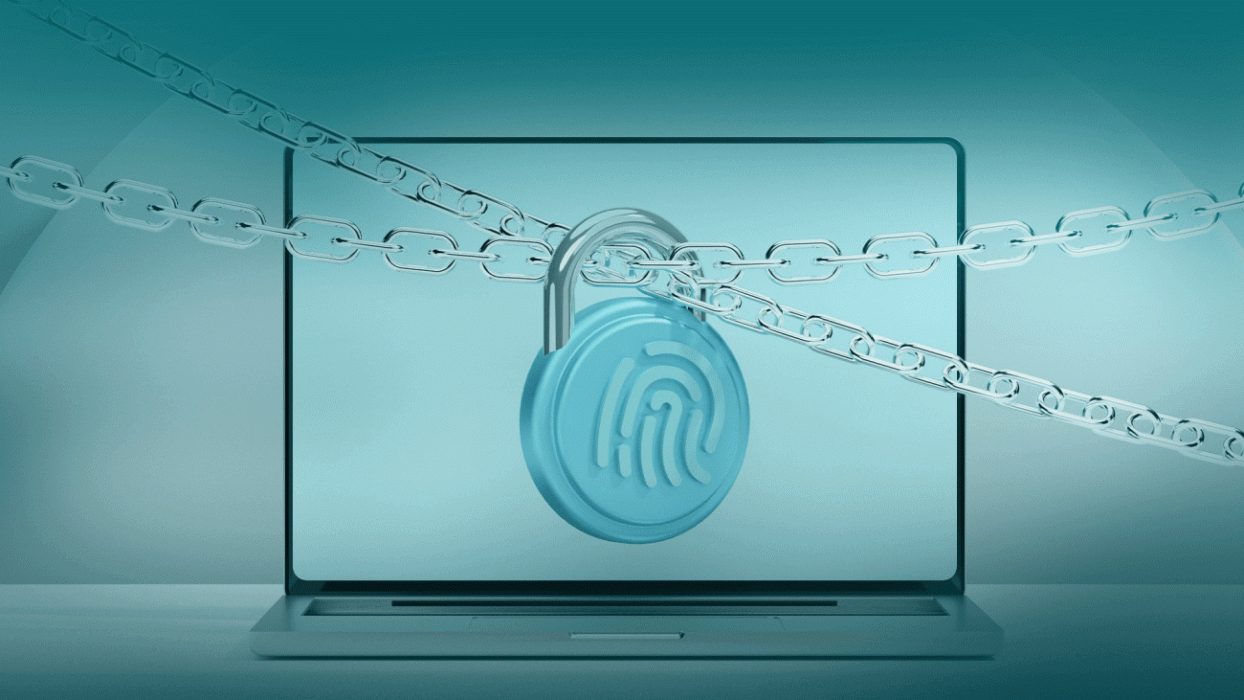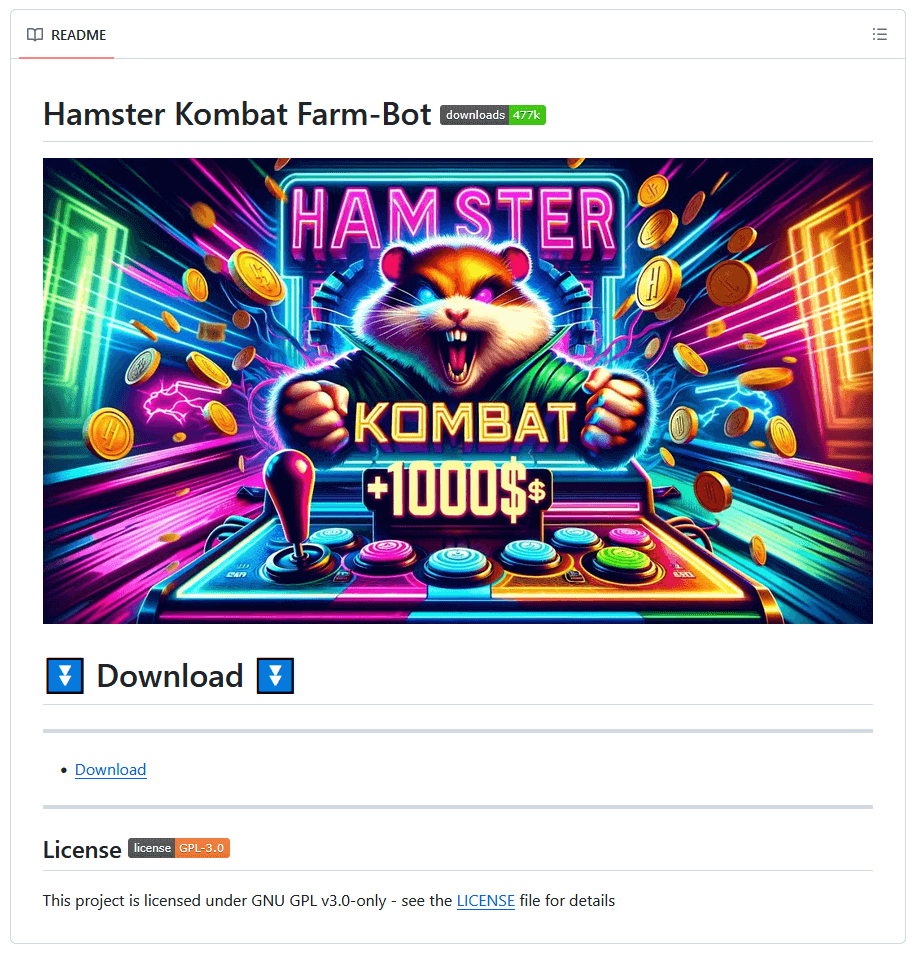Here is what to find out about malware that raids electronic mail accounts, net browsers, crypto wallets, and extra – all in a quest to your delicate knowledge
16 Apr 2025
•
,
6 min. learn

On this planet of cybercrime, data is a way to an finish. And that finish, as a rule, is to become profitable. That’s why information-stealing (infostealer) malware has risen to turn out to be a serious driver of identification fraud, account takeover and digital foreign money theft. However there are additionally loads of folks that reside a lot of their each day lives on-line and handle to remain secure. The secret is to grasp learn how to handle digital danger successfully.
Right here’s what you’ll want to know to maintain your private and monetary data out of hurt’s manner.
What sort of data do infostealers steal?
Many infostealers might hint their roots again to an “iconic” little bit of malware: a banking Trojan generally known as ZeuS that was designed to covertly steal victims’ monetary data, equivalent to on-line banking logins. When its supply code was leaked in 2011, new variations flooded the cybercrime underground and the burgeoning infostealer trade started in earnest, with builders upgrading and customizing its capabilities. At the moment there are variations constructed for nearly each computing platform, from Home windows PCs and macOS computer systems to iOS and Android gadgets.
What infostealers are after is determined by the variant. Logins, and session cookies, which may allow hackers to bypass multifactor authentication (MFA), are a well-liked goal. One report estimates that 75% (2.1 billion) of the three.2 billion credentials stolen final yr had been harvested by way of infostealers. Different private and monetary data that could possibly be in danger contains:
- Fee card, checking account and cryptocurrency particulars (e.g., crypto pockets keys)
- Different monetary data, together with insurance coverage or authorities welfare (Social Safety) particulars
- Browser knowledge together with searching historical past and any “saved type” knowledge, which may embody cost particulars and passwords
- System details about your laptop or system
- Information saved in your machine/system together with pictures and paperwork
- Different private data together with names, cellphone numbers and addresses
How do infostealers work?
The goal of the malware is to silently and quickly discover delicate data in your machine or system after which exfiltrate it to a server below the management of your attackers. It would accomplish that by raiding net browsers, electronic mail shoppers, crypto wallets, recordsdata, purposes and the working system itself. Different strategies embody:
- “Kind grabbing,” which includes trying to find logins that you’ll have entered into a web-based type, earlier than it’s ship to a safe server
- Keylogging, which requires the malware to report each keystroke you make
- Taking screenshots of your own home display/desktop in case any delicate data is displayed there
- Stealing data from the machine’s clipboard
As soon as the data has been despatched again to an adversary’s server, usually inside seconds, they usually bundle it up into logs and promote it on the cybercrime underground. Fraudsters will then use it to:
- Hijack your on-line accounts (e.g., Netflix, Uber) with a view to stealing data saved inside and/or promoting entry to others
- Commit identification fraud, equivalent to making use of for credit score in your identify, or utilizing your playing cards/checking account to buy gadgets
- Commit medical/insurance coverage fraud by acquiring medical therapy/medication in your identify
- Commit tax fraud, by submitting tax returns in your identify and receiving refunds
- Goal your contacts with phishing messages or spam
- Drain your monetary accounts of funds

How do I get compromised with infostealers?
Step one in direction of staying secure from infostealers is knowing how they unfold. There are numerous vectors for assault, however the commonest embody:
- Phishing emails/texts: A traditional social engineering method to influence you to click on on malicious hyperlinks or open an attachment, triggering a covert malware set up. The risk actor will normally impersonate a trusted individual, model or authority, together with spoofing the sender area and that includes official logos.
- Malicious web sites: These could also be used as a part of a phishing marketing campaign or as a standalone “asset”. Chances are you’ll be inspired to obtain/click on on a hyperlink, or the positioning would possibly set off a “drive-by-download” just by visiting it. Menace actors may use black hat search engine optimisation strategies to artificially elevate these websites to the highest of the search rankings, in order that they’re extra more likely to seem once you search for one thing on-line.
- Compromised web sites: Typically, hackers compromise legit web sites that you just would possibly go to, by probably exploiting a browser vulnerability or inserting a malicious advert (malvertising). Each strategies may set off an infostealer set up.
- Malicious apps: Reliable-looking software program might conceal a nasty info-stealing shock when downloaded. The danger is especially acute for cell gadgets that always aren’t protected in addition to computer systems. Be careful particularly for pirated variations of common video games and different software program.
- Social scams: Scammers might attempt to trick you into clicking by on an attractive social media advert or publish, probably by impersonating a celeb and even hijacking a legit account. Beware affords, prize attracts and unique content material that appear too good to be true.
- Sport mods/cheats: Unofficial modifications or cheats for video video games might comprise infostealer malware. In truth, ESET researchers discovered a number of GitHub repositories claiming to supply farm bots and auto-clickers designed to hurry up gameplay on Hamster Kombat. In actuality, they had been hiding the Lumma Stealer variant.

Peering into the risk panorama
As ESET reveals in its H2 2024 Menace Report the infostealer market is huge enterprise for cybercriminals. The malware-as-a-service (MaaS) mannequin has democratized entry to most of the infostealer variants accessible on legal marketplaces. A few of these websites additionally supply log parsing companies to assist cybercriminals extract knowledge from uncooked logs to be used or resale.
As ESET observes, these items of malware are below fixed growth. Formbook, for instance, has been in operation since 2021. However most lately, it has added refined obfuscation strategies, designed to make sampling and evaluation by safety researchers tougher. Different variants, like RedLine, have disappeared as a consequence of coordinated legislation enforcement motion. However others, equivalent to Lumma Stealer, merely transfer in to take their place. This variant recorded a 369% annual enhance in detections in H2 2024, based on ESET analysis.
How do I keep away from infostealers?
So how will you make certain an infostealer doesn’t find yourself in your cell system or laptop? Provided that the malware might be unfold by way of a number of strategies, you’ll want to recollect a number of finest practices. These embody:
- Set up and hold safety software program up to date on all of your gadgets. This can go a protracted approach to protecting you secure from infostealers and different threats.
- Be phishing-aware, which implies that you need to keep away from clicking on hyperlinks in any unsolicited messages or open attachments. At all times test with the sender independently that they positively despatched you the message. Typically, hovering above the “sender” area might reveal that an electronic mail was actually despatched by another person.
- Solely obtain software program/apps from official on-line shops. Though malware typically creeps onto Google Play, it’s normally taken down swiftly, and these official channels are manner safer than third-party shops. Additionally, keep away from downloading any pirated or cracked software program, particularly if it’s provided at no cost.
- Maintain OS and apps updated, as a result of the most recent software program model may also be essentially the most safe.
- Use warning on social media and do not forget that if a suggestion appears too good to be true, it normally is. For those who’re suspicious, strive Googling it to see if it might be a rip-off. And do not forget that the accounts of pals and celebrities may also be hijacked to advertise scams. Keep away from clicking on any unsolicited hyperlinks.
- Improve safety at login by utilizing robust, distinctive passwords for every account, saved in a password supervisor. And change on multi-factor authentication (MFA) for your entire accounts. This can supply some safety towards sure infostealer strategies equivalent to keylogging, though it’s not 100% foolproof.
The trick is to layer up these measures, thus decreasing the avenues for assault open to risk actors. However bear in mind too that they are going to proceed to attempt to develop new workarounds, so vigilance is vital.


